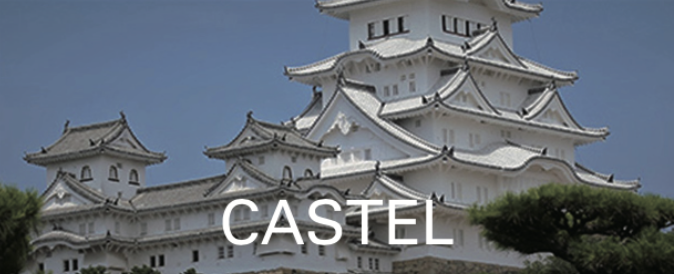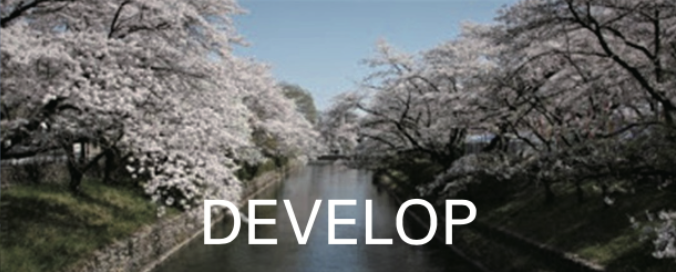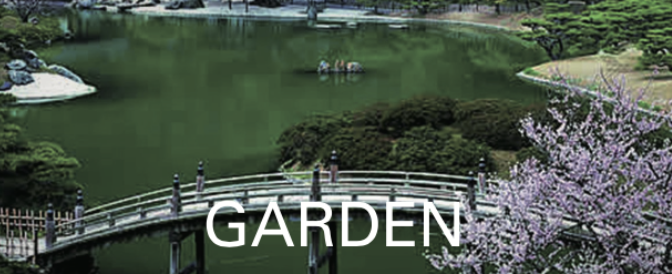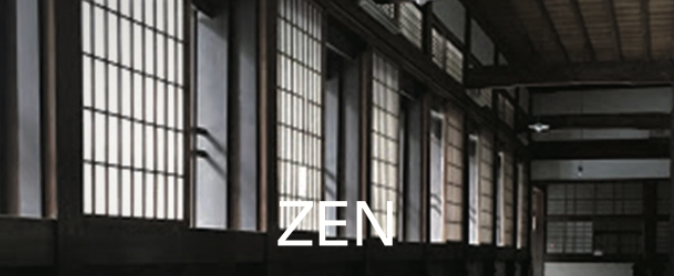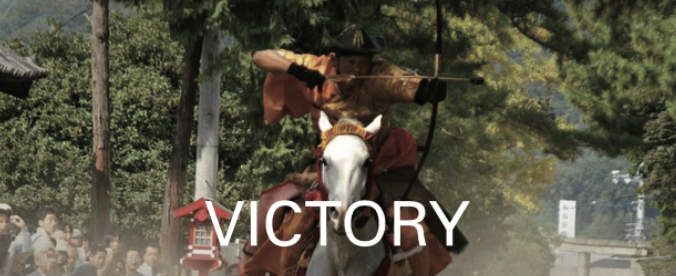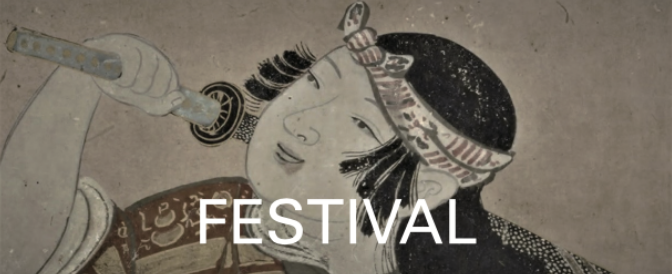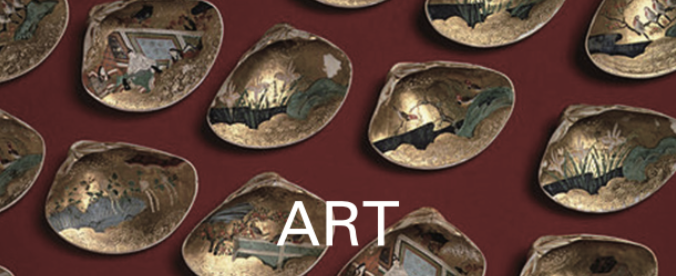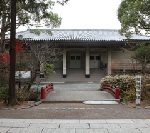
This museum was built in the wake of the Kanto Great Earthquake in 1923. Many of the collections were produced in the Kamakura period (1185 – 1333) − the Muromachi Period (1366 – 1573). Those also include items from the Song Dynasty (960 – 1279) and Yuan Dynasty (1279 – 1368). They have a strong local and exotic taste, which are realistic and powerful, and have overflowing presence.
In particular, they have the influence of the Zen culture which is remarkable, and extremely significant for studying medieval Japan. That shows us the days of Samurai taking over the nation’s governance, from the court nobles in Kyoto.
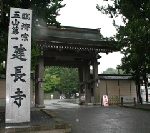
This temple is the first rank of Kamakura Gozan, the five great Rinzai temples of Kamakura, which was founded by Lanxi Daolong (1213 – 1278), a famous Chinese Buddhist monk, calligrapher, and philosopher from the Song Dynasty (960 – 1279), in 1253. This temple was a pure Zen practice place, which was located at an important position of the north entrance to the Kamakura Shogunate capital.
Hojo Tokiyori (1227 – 1263) the 5th Shikken, the Regent of the Kamakura Shogunate, and Shikken Hojo family used this temple for their Zen practice. This complex of temple buildings continues in a straight line, designed after the model of Zen temples in China, to easily keep rubbish from the grounds.
The garden of Hojo, the abbot’s chamber centered on Sapekiike Pnod, at the innermost place, is the same as the precincts designated as National cultural property, which was designed by Lanxi Daolong.
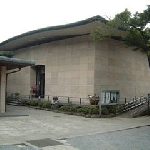
In the Heian period (794 – 1185), this temple was derived from the temple founded by Kobo Daishi Kukai (774 – 835), the founder of the Shingon sect. It was said to the best Zen temple in Izu Province. Shuzenji was named by using the Chinese character of Good, to be pronounced Zen.
In the Kamakura period (1185 – 1333), Lanxi Daolong (1213 – 1278), who was a famous Chinese Buddhist monk from the Song Dynasty (960 – 1279) and founded Kenchoji Temple in Kamakura, converted this to a Rinzai temple, and this temple name spread far and wide to the Chinese Continent, as a place for pure Zen practice.
This treasure hall possesses a Gilt-bronze Single-pronged Vajra, a weapon used as a ritual object, to symbolize indestructibility and irresistible force. It belonged to Kobo Daishi Kukai, the heiress to Minamoto no Yorinori, (1150 – 1193), a half-brother of Minamoto no Yoritomo, the 1st shogun of the Kamakura Shogunate, and a Hannyakyo, Perfection of Wisdom Sutra of Hojo Masako (1156 – 1225), the wife of Minamoto no Yoritomo, the 1st shogun of the Kamakura Shogunate and a political leader, called the “nun shogun”.
This treasure hall also possesses the old mask copied from Minamoto no Yoriie, (1182 – 1204) the 2nd shogun of the Kamakura Shogunate. This mask inspired Shuzenji Monogatari, the tale of Shuzanji, a Japanese drama that tells the story of a mask maker named Yashao.
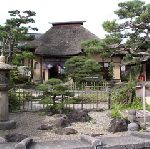
In 1629, Emperor Go-Mizuno (1596 – 1680), gave the highest honor, a purple robe of a Buddhist priest, to an elder of Taitokuji Temple in Kyoto, Takuan Zenji (1573 – 1645) , a major figure in the Rinzai school of Zen. That angered the Tokugawa Shogunate, as it was seen as ignoring the authority of the Shogunate. Takuan was exiled from Kyoto for 3 years here.
The lord of Kaminoyama Domain, was impressed by Takuan’s personality and donated a thatched hut, Harusame-an, to him. Takuan, who composed poems and understood well the esprit of poetry, loved Harusame-an. Its thatched roof and its garden reminds us of the image of Takuan.
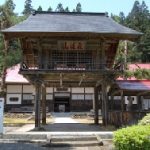
Aizu eventually became one of the Five-Butsuto, a thriving Buddhist city, after Tokuitsu (749 – 824) introduced Buddhism to Aizu, in the Heian period (794 – 1185). He was a scholar-monk who founded many temples in northeastern Japan. This temple in Kitakata City was built as a Shingon sect temple in the beginning of the Heian period. This temple was converted to the Soto sect in 1375 by Genno Zenji (1329 – 1400), a monk of the Soto school of Zen Buddhism, and became the head temple of the 37 temples.
The main gate is a magnificent and tidy, Shikyaku mon, a gate building with four standing pillars in front of and behind the gate pillar. This influenced the style of the Azuchi-Momoyama period (1573 – 1603). The Kannon-do: temple dedicated to Kannon, the Buddhist Goddess of Mercy, has gorgeous reliefs, which are carved with rising dragons, elephants, and lions. You can feel the history of Buddhist faith.

